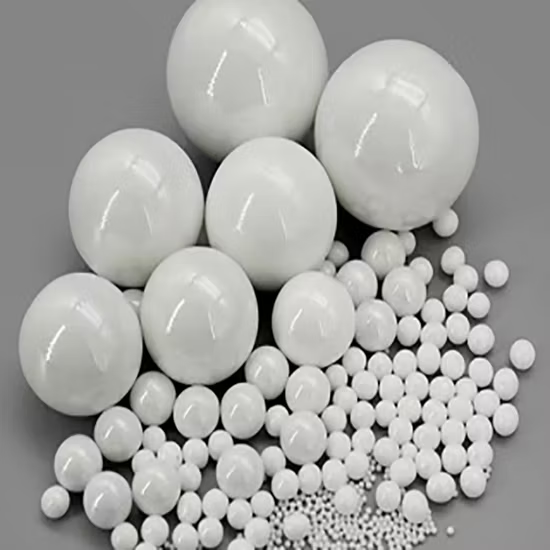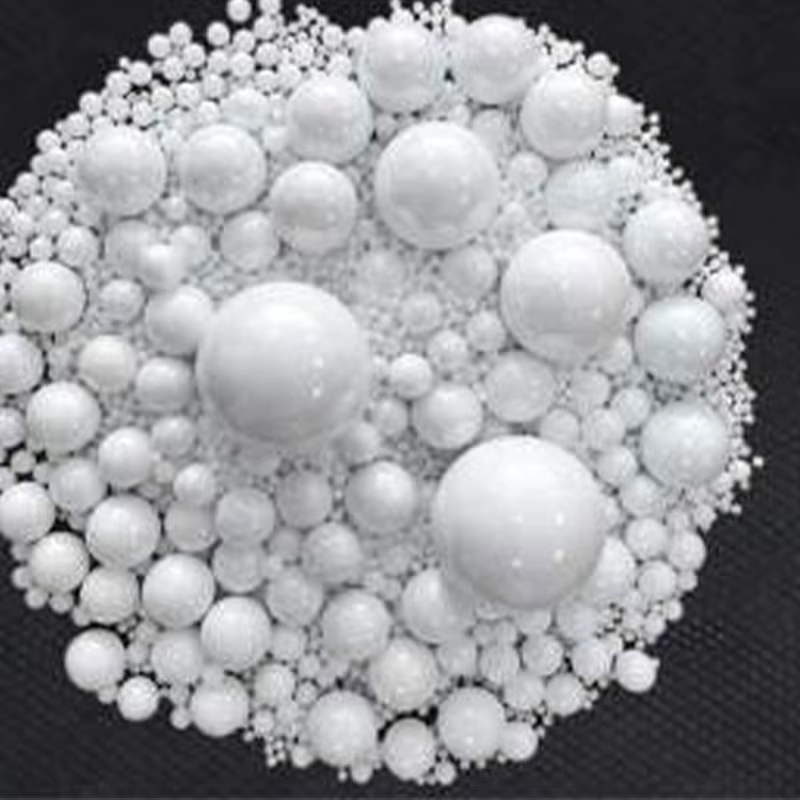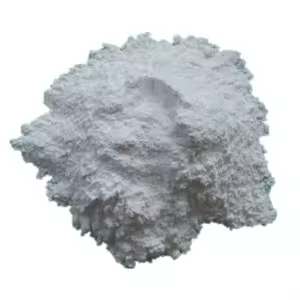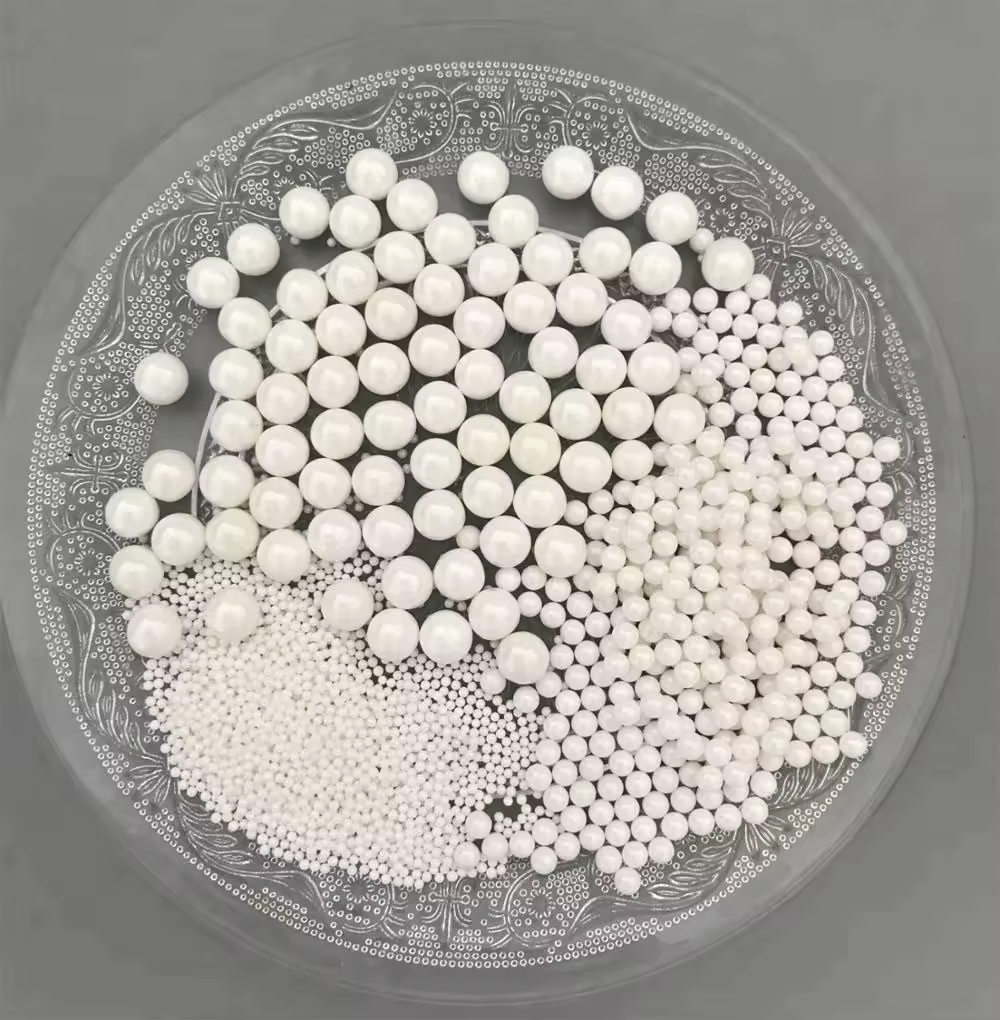Description
Zirconium Catalysts: Powerful Workhorses in Modern Chemistry
Zirconium catalysts have emerged as powerful and versatile tools in a wide range of chemical transformations, playing a crucial role in various industries ranging from polymer synthesis to organic synthesis. Their unique combination of properties, including high activity, tunable reactivity, and tolerance to functional groups, makes them highly desirable for both industrial and academic researchers.
What makes Zirconium so Special?
The effectiveness of zirconium catalysts stems from several intrinsic characteristics:
- Lewis Acidity: Zirconium centers, particularly in their high oxidation state (Zr(IV)), are strongly Lewis acidic. This allows them to activate substrates by coordinating to electron-rich regions, facilitating subsequent bond formation or cleavage.
- Tunable Ligand Environment: Zirconium’s ability to coordinate with a diverse array of ligands is key to tailoring its catalytic activity and selectivity. By carefully selecting and modifying the ligands surrounding the metal center, chemists can precisely control the catalyst’s electronic and steric properties.
- Oxophilicity: Zirconium exhibits a high affinity for oxygen-containing compounds, making it highly effective in catalyzing reactions involving alcohols, ethers, and epoxides.
- Tolerance to Functional Groups: Unlike some other transition metal catalysts, zirconium catalysts often exhibit good tolerance to a wide range of functional groups present in the substrates, minimizing unwanted side reactions.
Applications of Zirconium Catalysts:
Zirconium catalysts find widespread applications across various fields of chemistry:
- Polymer Synthesis: Zirconium complexes, particularly metallocenes, are highly effective in the polymerization of olefins such as ethylene and propylene. They can produce polymers with high molecular weights, narrow molecular weight distributions, and controlled stereochemistry, leading to materials with enhanced properties. This area constitutes a significant portion of industrial applications.
- Organic Synthesis:
- Ziegler-Natta Polymerization: Zirconium-based Ziegler-Natta catalysts are crucial for the industrial production of polyolefins. These catalysts allow for the controlled polymerization of alkenes, resulting in polymers with specific properties.
- Diels-Alder Reactions: Chiral zirconium catalysts can be employed to catalyze enantioselective Diels-Alder reactions, a powerful method for constructing complex cyclic molecules with high stereocontrol.
- Epoxide Ring Opening: Zirconium catalysts can efficiently catalyze the ring-opening of epoxides with various nucleophiles, providing access to a diverse range of functionalized alcohols and ethers.
- Cross-Coupling Reactions: Zirconium complexes have been used as catalysts or promoters in various cross-coupling reactions, enabling the formation of carbon-carbon bonds.
- Hydroamination: Zirconium complexes are used as catalysts in hydroamination reactions, which involve the addition of an amine to an alkene or alkyne.
- Catalysis in Renewable Energy: Zirconium oxides and mixed oxides are increasingly being explored as catalysts for biomass conversion, including the production of biofuels and other valuable chemicals from renewable resources.
Examples of Commonly Used Zirconium Catalysts:
- Zirconocenes: These are organometallic complexes containing zirconium coordinated to cyclopentadienyl ligands. They are widely used in olefin polymerization. An example is Cp2ZrCl2.
- Zirconium Alkoxides: These are complexes where zirconium is coordinated to alkoxy ligands. They are commonly used as catalysts in organic synthesis.
- Supported Zirconium Catalysts: Zirconium catalysts supported on solid materials like silica or alumina offer advantages in terms of catalyst recovery, recyclability, and thermal stability.
Advantages of Using Zirconium Catalysts:
- High Activity: Zirconium catalysts often exhibit high catalytic activity, leading to faster reaction rates and higher product yields.
- Tunable Selectivity: By modifying the ligands surrounding the zirconium center, chemists can fine-tune the catalyst’s selectivity, favoring the formation of a specific product.
- Tolerance to Functional Groups: Zirconium catalysts are generally tolerant to a wide range of functional groups, minimizing unwanted side reactions.
- Relatively Low Toxicity: Compared to some other transition metals, zirconium is considered to be relatively non-toxic.
Future Directions:
The field of zirconium catalysis is continuously evolving, with ongoing research focused on:
- Developing new and more efficient zirconium catalysts: Researchers are exploring novel ligand architectures and supporting materials to further enhance the activity and selectivity of zirconium catalysts.
- Expanding the scope of reactions catalyzed by zirconium: Efforts are underway to develop new applications for zirconium catalysts in organic synthesis, polymer chemistry, and other areas.
- Improving the sustainability of zirconium catalysis: Scientists are investigating the use of renewable feedstocks and environmentally friendly solvents in zirconium-catalyzed reactions.
Conclusion:
Zirconium catalysts are indispensable tools in modern chemistry, offering a unique combination of activity, selectivity, and versatility. Their widespread applications in polymer synthesis, organic synthesis, and renewable energy highlight their importance in various industries. With ongoing research and development, zirconium catalysts are poised to play an even greater role in shaping the future of chemistry.










Reviews
There are no reviews yet.